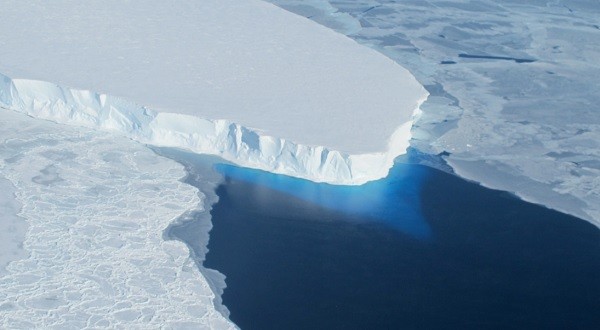Scientists are now claiming how melting Antarctic ice is delayed or even influenced by two crucial factors that are often overlooked in current simulations models namely ice gravity and structure variations of the Earth.
Predictions about sea level rise are highly unpredictable as they are influenced by the Antarctic Ice Sheet during warmer climates. Sea levels that are located close to the grounding line of ice sheets that are already receding resulting in declining sea levels, can also produce significant effects on ice sheets. Prior studies already confirmed how valuable the evolution of the Antarctic Ice Sheet especially during the last ice age.
Now, researchers from New York University, McGill University and Pennsylvania State University reveal in this new study a new model that connects ice sheet and sea levels in order to acquire better analysis of the effects of the AIS phenomenon, during the last 100 years or so or even millenia. Apart from these, various emission schemes are also applied.
One of the most crucial factors of this new model is gravity, as this concept usually involves the force that pulls two objects to each other where the larger object can produce a more powerful force, resulting in a greater gravitational pull. In this study, this can be applied to massive ice sheets attracting other bodies such as water.
Researchers discovered from their data analysis how the West Antarctic Ice Sheet is melting as its gravitational pull also decreases. This decline results in a significant phenomenon that it can influence lower sea levels especially the region near the ice sheet. This effect could also delay predictions of ice sheets retreating.
Apart from gravity, researchers also found another significant factor used in computer model simulations. When the ice sheet melts, a load of heavy ice falls down and frees the solid ground under it, resulting in this bounce of water when the ice hits the water, in an upward effect.
Since the planet's mantle possesses viscous properties that can make fluid movement even slower, this can be observed in the West Antarctic region where the mantle is less viscous as opposed to other parts of Earth. With this in mind, land often emerges more rapidly that current model simulations often overlook or even predict.
This new study is published in the journal Nature Communications.



























